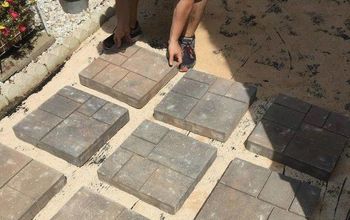Mold ON CINDER BLOCK WALLS

Related Discussions
How to get rid of mice?
We seem to have some unwelcome Mickeys and Minnies in our house. What is the best way to get rid of them?
How to remove popcorn ceiling with asbestos?
I want to remove my popcorn ceiling, but it has asbestos in it. How do I go about this safely?
How to caulk baseboard gaps?
How do I fill gaps at baseboard, should I caulk? If so, does anyone know how to caulk baseboards?
How to fix squeaky hardwood floors?
How do I fix squeaky hardwood floors?
Can I used a nailer to attach wood planks to cinder block wall?
Repairing a damaged cinder block wall
Our backyard backs up to a parking lot. Someone bumped the cinder block wall with a heavy truck and about 8 of the cinder blocks broke in a 'v' formation. We have two... See more




Almost any soap or sanitizer can "kill" or render mold spores nonviable. The key is to scrub most of the growth off the wall and of course stop the moisture source
Spray Clorox repeatedly and ventilate. Mold loves warmness too so make it as cold as possible
I also have this problem in my home. The moisture comes from condensation (esp. winter months) from the outside beingso much colder than the inside. I simply have a fan that blows down the side of the wall and for the most part it has decreased the amount of moisture being created by the condensation.